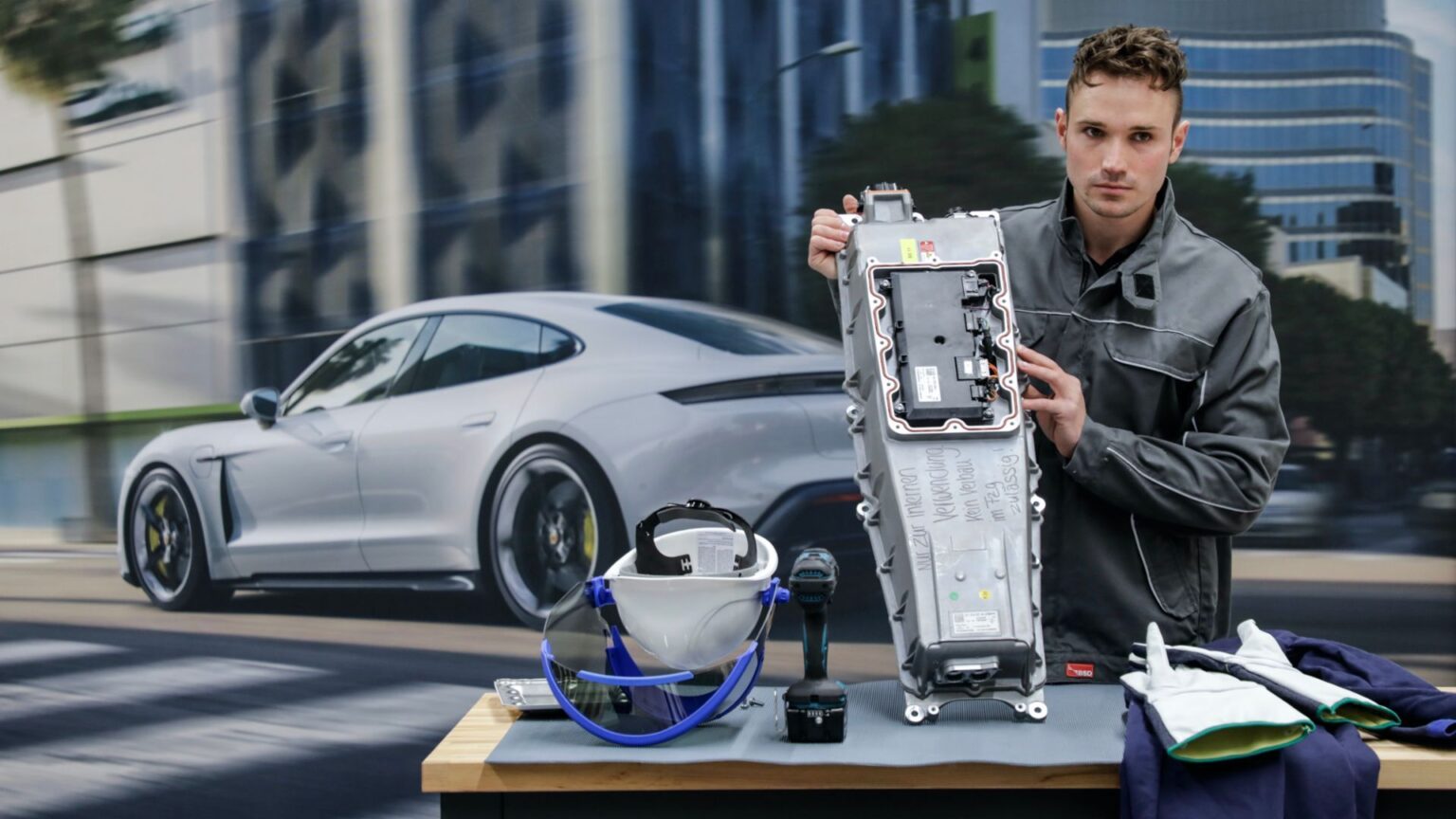Electric vehicles tend to cost more to insure than similar gasoline- or diesel-powered cars and trucks. This is because EVs often have higher price tags, they’re typically also loaded with the latest and greatest technology, which can cost more to fix, and the bulky battery packs that run these vehicles are enormously expensive to replace if they get damaged in a crash. However, according to one report, the price of repairing an electric vehicle is now comparable to combustion-powered models, good news for EV owners.
Nuance In The Data
As reported by Mitchell, a company that, among other things, processes millions of transactions for collision repair facilities and insurance companies, “For repairable BEVs, average claims severity was $6,236 in the U.S. in 2024, a year-over-year decrease of three-percent, and $7,241 (CAD) in Canada, a year-over-year increase of two-percent.” Those figures are a good bit higher than for mild and even plug-in hybrids, and are much higher than for conventional, combustion-powered vehicles.
“In comparison,” the study continues, “repairable ICE (internal-combustion engine)-powered automobiles had the lowest average severity of all powertrains in 2024 at $5,066 in the U.S. and $5,576 (CAD) in Canada.” That sounds like bad news for EV owners who are worried about repair costs, as the average claims severity between EVs and ICE vehicles is nearly $1,200, but there’s some nuance to the data. When focusing just on newer combustion-powered vehicles, which have similar complexity to today’s electric models, the “average severity was much closer to that of BEVs and plug-in hybrids: $6,127 in the U.S. and $6,818 (CAD) in Canada.” In the states, that’s an average difference of just $109.
Greater Complexity = Higher Costs
Mitchell reports that the reason modern vehicles – particularly EVs – are more expensive to repair than their older counterparts is because of the complexity of today’s electrical architectures. If one part is damaged in a wreck, it can impact other systems and modules further down the line, there can be a chain reaction of sorts. “Consequently, the number of diagnostic fault codes increases, as does the need for ADAS calibrations,” more headaches for repair technicians. When it comes to those calibrations, the per-estimate average for these in 2024 was 1.61 for electric vehicles compared to 1.58 for plug-in hybrids, 1.46 for mild hybrids, and just 1.45 for traditional combustion-powered vehicles.
When it comes to electric vehicle claims frequency in 2024, the Tesla Model Y SUV tops the chart at around 31 percent. The Model 3 Sedan comes in second place at just shy of 30 percent. Then we have the Ford Mustang Mach-E, which had a claims frequency of about 6.4 percent. Rounding out the top five is the Tesla Model S and Model X, with claims frequency of roughly 5.5 and 5 percent, respectively. In Canada, the two models that top this chart are the same, but mixing things up, the top five also includes the Hyundai Kona EV, Chevy Bolt, and then, in last place, the Mustang Mach-E.
If you were considering purchasing an electric vehicle but were worried about repair costs, this news should help assuage your fears. Yes, EVs do cost more to fix after a crash, but not as much as many people might think, especially when compared to ICE vehicles of similar complexity.
Read the full article here


